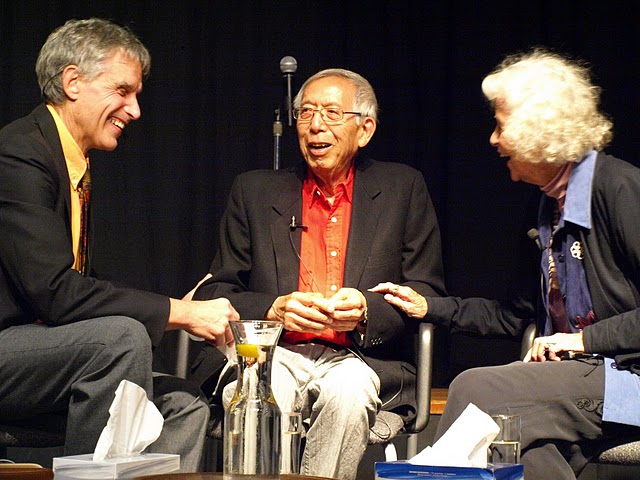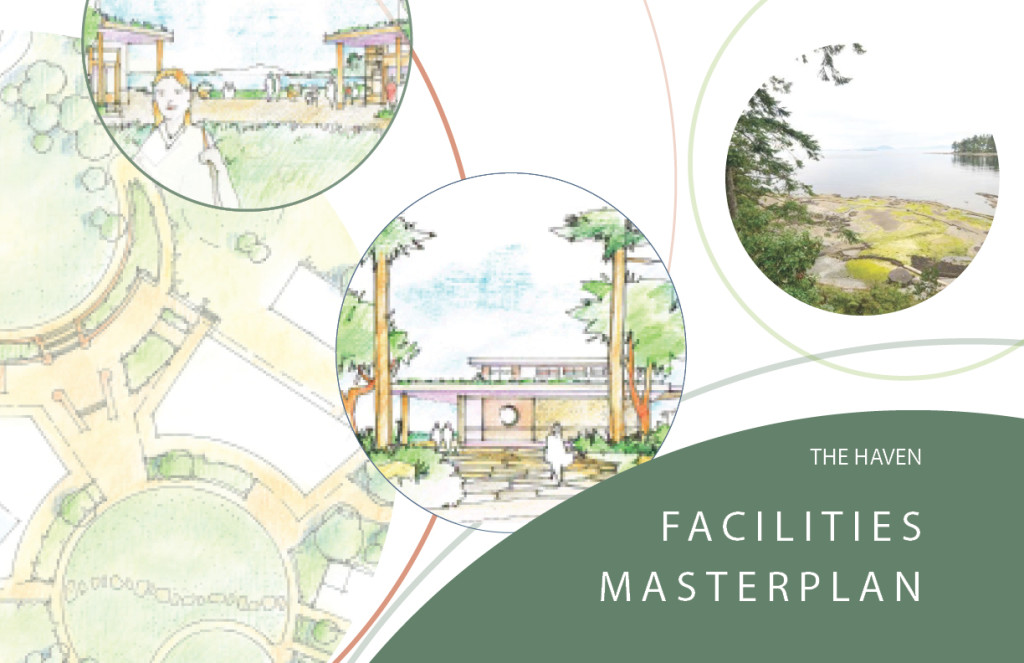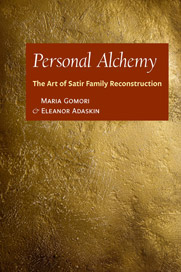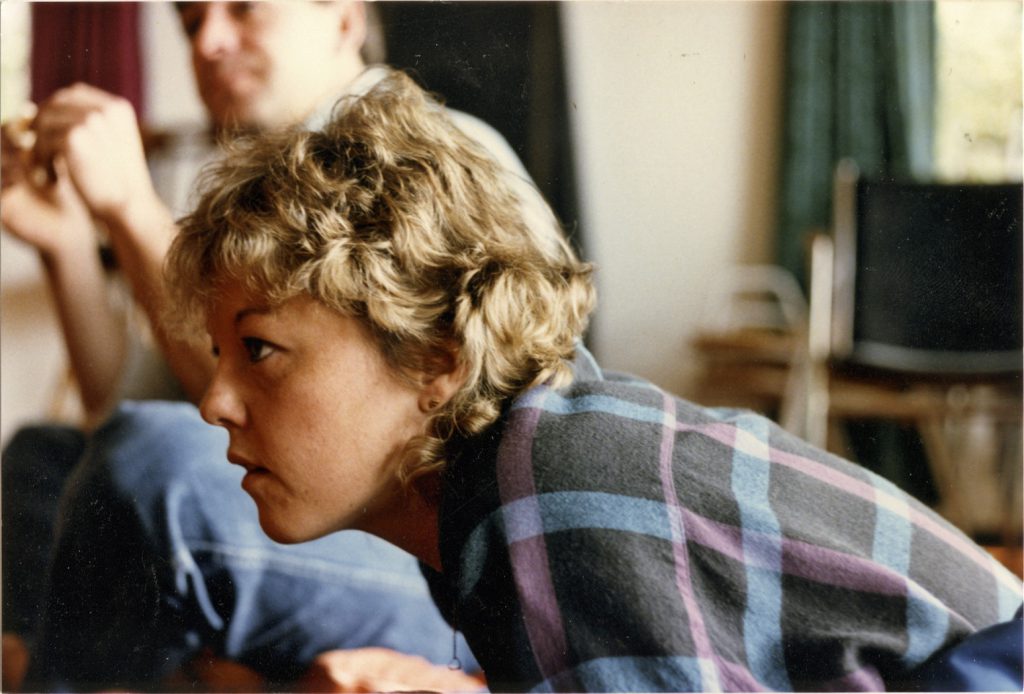Moving Into Connection
By Catherine Fallis. Catherine is teaching Moving into Connection at The Haven November 10–12.
I’m excited to be offering this workshop again this fall. Last year I had a wonderful experience doing it for the first time with a lovely group of curious and willing participants. I have been tweaking my plans for this year’s version, and looking forward to diving again into the deep waters of this material. As one participant said recently, “My appreciation for Catherine as an eloquent Leader in Moving into Connection is very much still foreground for me. In this program I have discovered a way for my nervous system to rest, invite compassion into my body, mind, and spirit, and have a much deeper insight into the whole of me.”
So what is Authentic Movement, and why would I want to take a workshop like this?
Authentic Movement is the practice of moving with eyes closed in the presence of a witness, following an inner impulse to move in whatever way emerges. Anyone who has taken Living Alive Phase II since 1993 has had a small taste of Authentic Movement during the 2 days of movement work that I lead. Often when people first have an experience of this form, they speak of what happens for them during the movement time, and what it feels like to be witnessed in this way. It is equally important to develop the witness consciousness, and is part of the reason why this practice can be so beneficial for therapists, group facilitators, and those who work with people in many contexts. The practice invites the witness to track not only the experiences of the mover they are witnessing, but also their own inner experience as they witness.
As Janet Adler, one of the main developers of this practice writes:
“There are two separate but intimately connected centers in the development of witness consciousness. One, which is intrapersonal, concerns the developing inner witness, the continuing desire from the moving practice to see oneself more clearly. The witness does not look at or observe her mover, bringing her focus solely over there, onto the moving body. Instead the witness is participating, opening to the complexities of her own experience from moment to moment, here within her own being, in the presence of the mover. The other center, which is interpersonal, concerns the desire to see another more clearly, to be in service to the mover, which is what brings the witness into the presence of a mover.” (Offering from the Conscious Body: The Discipline of Authentic Movement, 2004.)
This capacity to track both the inner and outer unfolding of experience at the same time, seems to me to be critical for group leaders at all levels to cultivate.
Adding the lens of attachment theory brings immediacy and aliveness to the meaning making that occurs during the time of verbal witnessing and reflection that follows the movement. As movers, we open to whatever movements, sounds, or inner images and stories, that arise from our unconscious. In the witnessing, we experience being seen by another, and in the meeting of that reflection and our own inner witnessing, new insights often emerge. When we look at these insights with an attachment lens, we can see more clearly how our patterns of relating and connecting have developed from our earliest imprints. With this deeper awareness and knowledge, we have the opportunity to repair early woundings, and experience more ease and delight as we move into connection. Whether you have studied attachment theory in depth, or it is completely new to you, I invite you to consider the possibility that a more nuanced and embodied understanding of how it operates in your life may be available to you in this workshop.
Please come and join me! Here’s the link again:
Moving into Connection at The Haven November 10–12.







